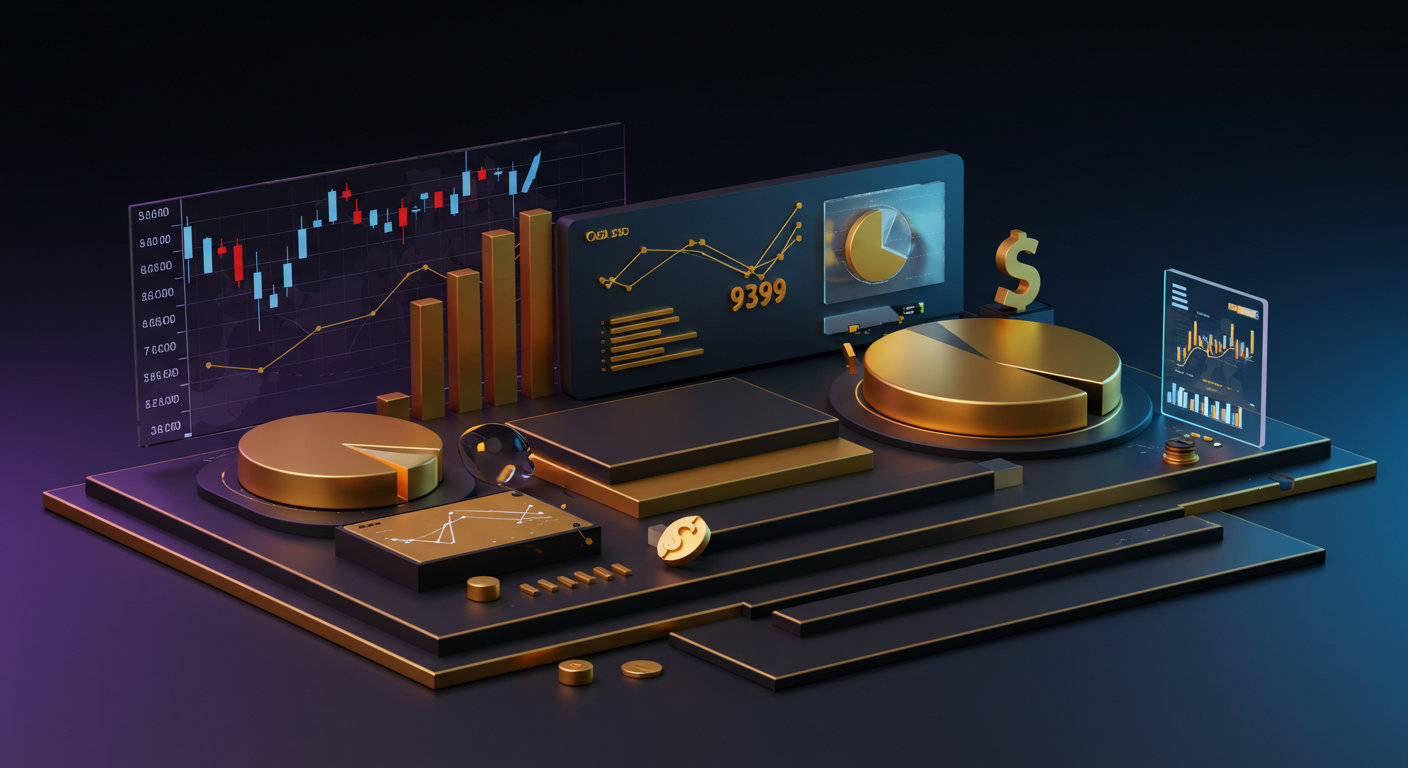
Gold prices increased in Saudi Arabia on Monday with gold priced at 388.28 Saudi Riyals (SAR) per gram, up from SAR 386.20 on Friday. The price per tola rose to SAR 4,528.49 from SAR 4,504.51.
Central banks are the largest holders of gold, adding 1,136 tonnes worth around $70 billion to their reserves in 2022. Emerging economies such as China, India, and Turkey are actively increasing their gold reserves.
Gold And The US Dollar
Gold often has an inverse correlation with the US Dollar and US Treasuries. As a safe-haven asset, gold price fluctuations are influenced by geopolitical instability and interest rate changes.
When the US Dollar depreciates, gold prices typically rise due to its pricing in dollars (XAU/USD). Changes in interest rates and geopolitical concerns also impact gold prices.
That gold prices moved higher at the start of the week, coming in at 388.28 SAR per gram compared to 386.20 SAR last Friday, offers clear evidence of continued demand. Similarly, the per tola price edged up to 4,528.49 SAR. Even these moderate increases suggest traders are re-evaluating their positions in light of shifts in macroeconomic conditions and broader reserve strategies.
More telling, however, is the activity of central banks. In 2022, they bought over a thousand tonnes of gold, with the total spend hovering around $70 billion. We see that this was not random accumulation. Rather, it has been led by nations including China, India, and Turkey—each facing their own monetary and geopolitical pressures. From that, it’s apparent that gold continues to hold weight in monetary strategy, particularly where exposure to the US Dollar presents risk.
As markets assess value, historical relationships matter. Gold has long moved in reverse to the Dollar and US Treasury yields. The logic isn’t complex: when the Dollar slides, the nominal price of gold—quoted in USD—appears more attractive to buyers holding other currencies. That, in turn, supports upward movement in gold itself. Derivatives traders would do well to monitor the strength of the Dollar Index and sentiment around rate policy with this in mind.
Interest Rates And Geopolitical Factors
Interest rates are another influence that deserves attention. When rates rise, there’s a comparative appeal in yield-bearing assets, which can dull the shine of unyielding instruments like gold. However, when risk-off sentiment creeps in—whether from monetary tightening cycles nearing exhaustion or rising strategic tensions—gold gets a new bid. What we often observe in these environments is a rotation back into protective holdings.
The geopolitical thread shouldn’t be downplayed either. Recent price movements hint at positioning adjustments reflecting broader unease—from regional conflicts to broader diplomatic uncertainty. These moments tend to ignite interest in metals, not necessarily for their role in production, but for their symbolic and monetary resilience.
In this setting, it is worth paying close attention to forward guidance from central banks, the shape of the yield curve, and volatility in currency markets. Each carries information about where capital may next shift. For those on the derivatives end, range-bound behaviour in gold may offer opportunities via volatility strategies, particularly as volume continues to rise and premiums adjust under new expectations. Short-term trades must be highly selective, while longer dated options still price in room for macro-driven surprises. The compression of implied vols in recent sessions should not be trusted without question. We are watching that closely.
Meanwhile, balance sheet expansion or contraction by policy institutions could act as a leading indicator for gold exposure readjustments. When these institutions either increase reserves or hint at changing the mix of their holdings, market responses often precede formal data. There’s advantage in tracking these developments early, particularly for those working with synthetic exposures or rolling futures.
Ultimately, the numbers we’re seeing in the Saudi market reflect more than just local buying. They tie directly to broader flows, and those are being informed by technical shifts and real-world hedging needs.







